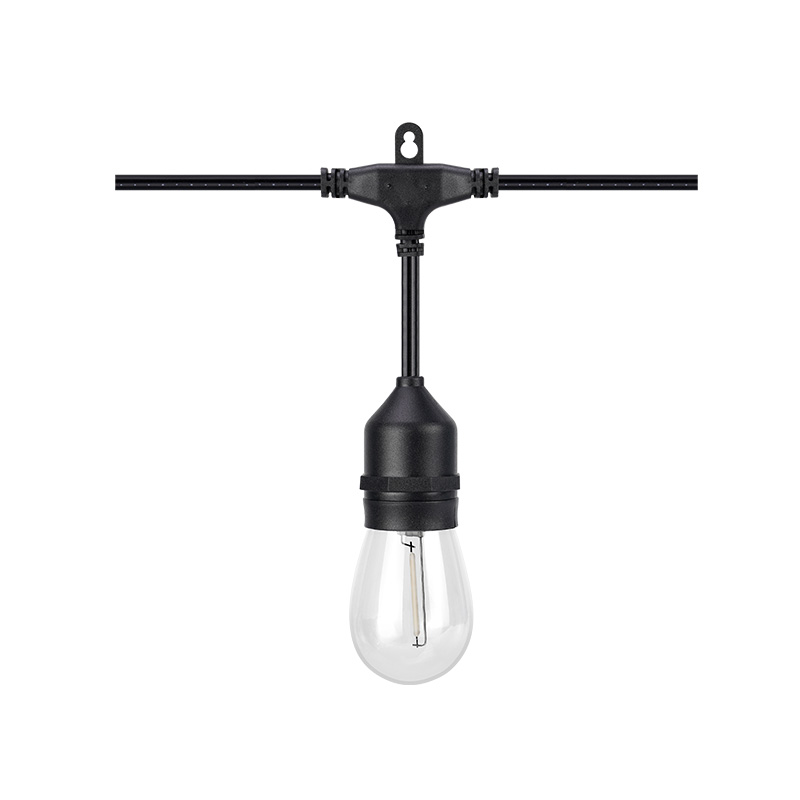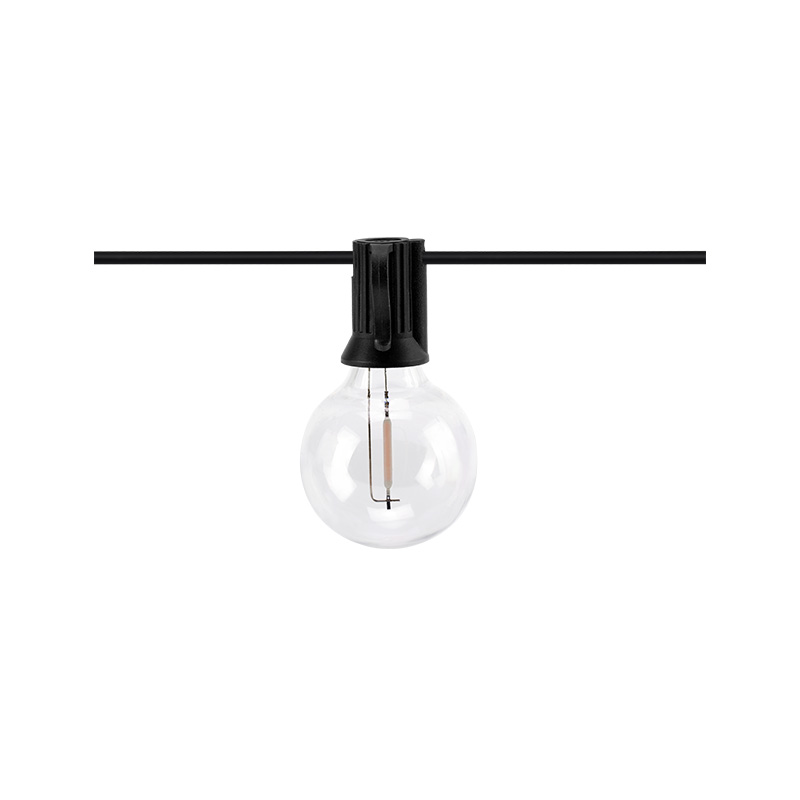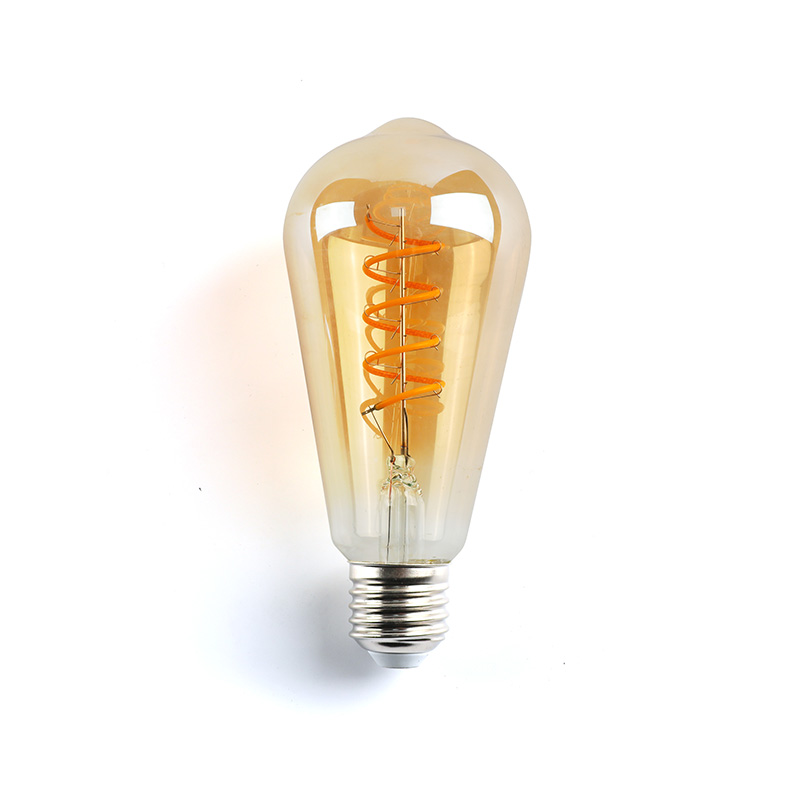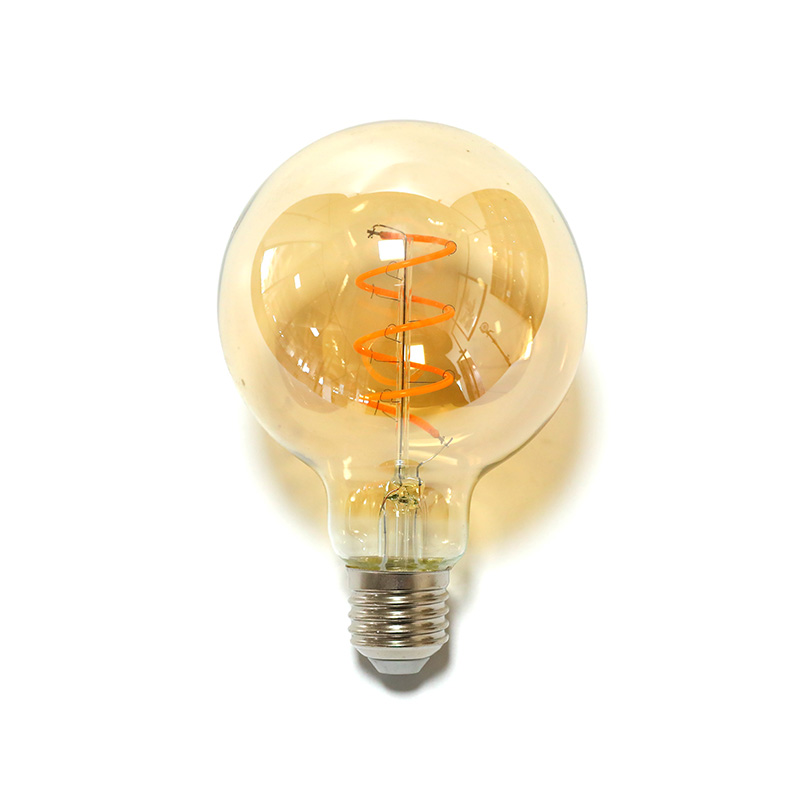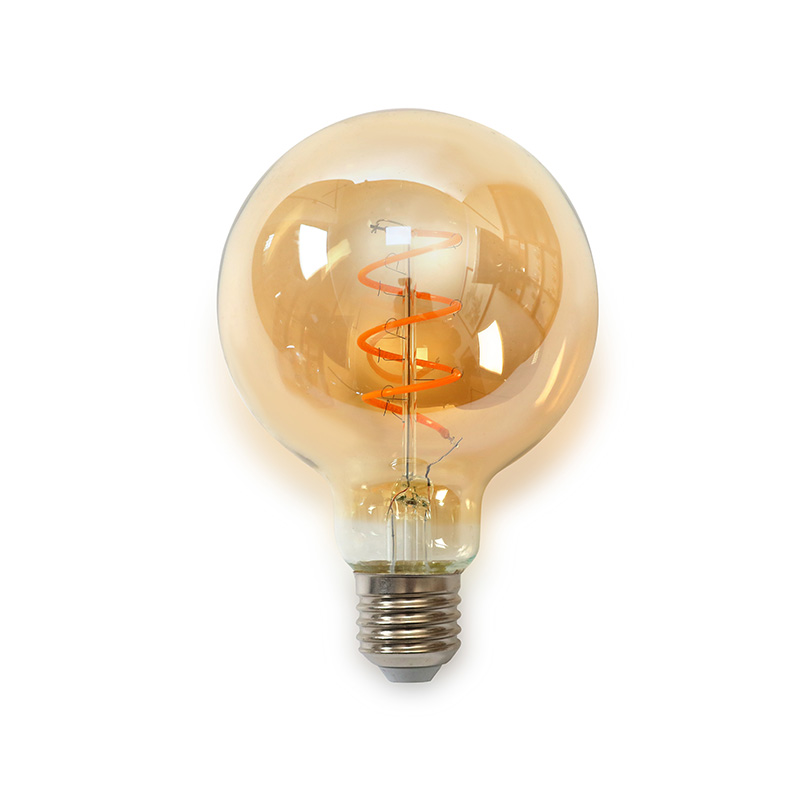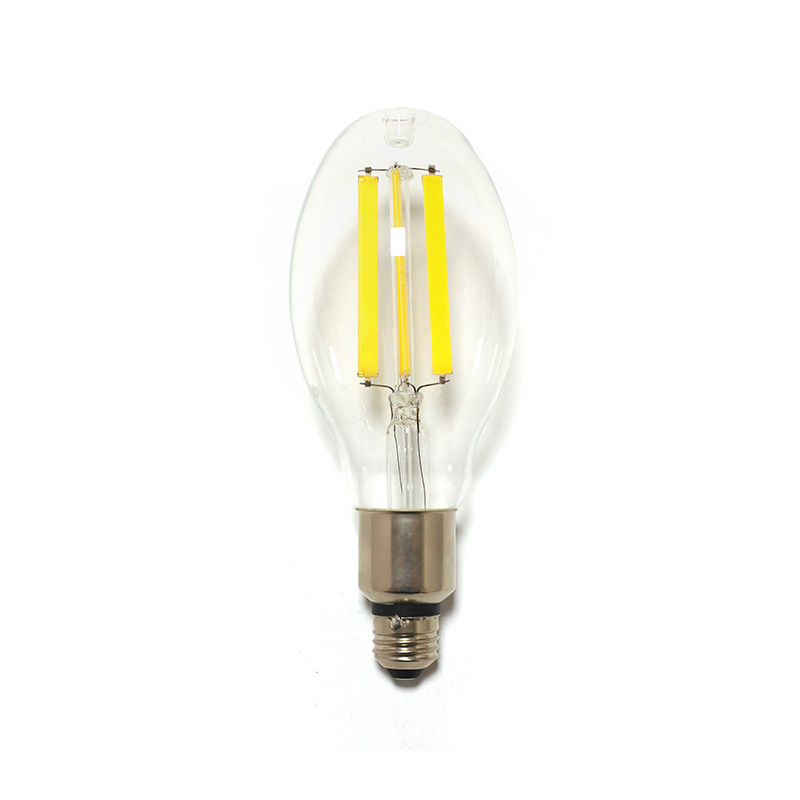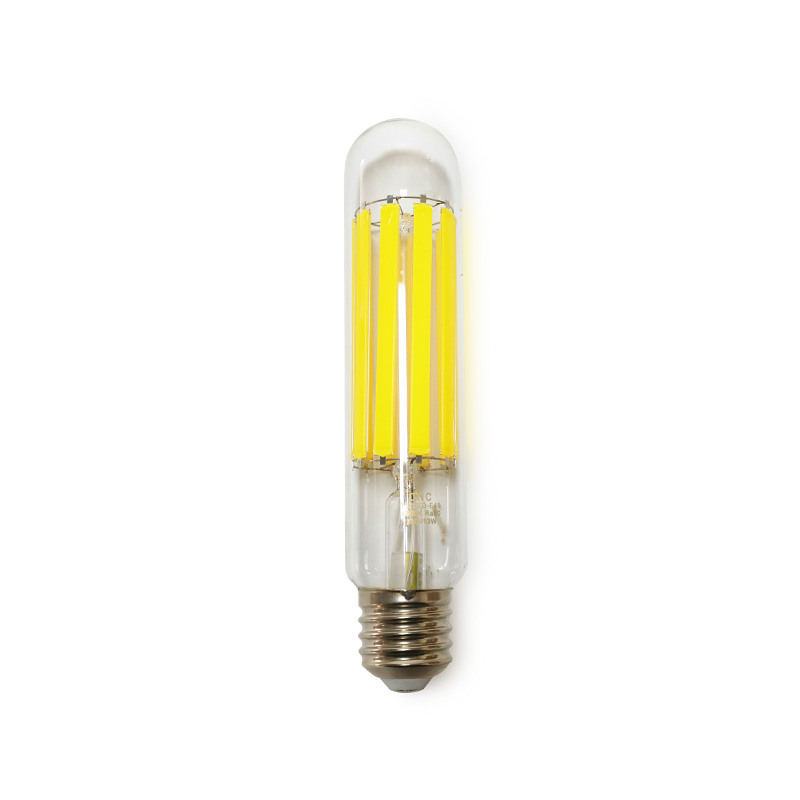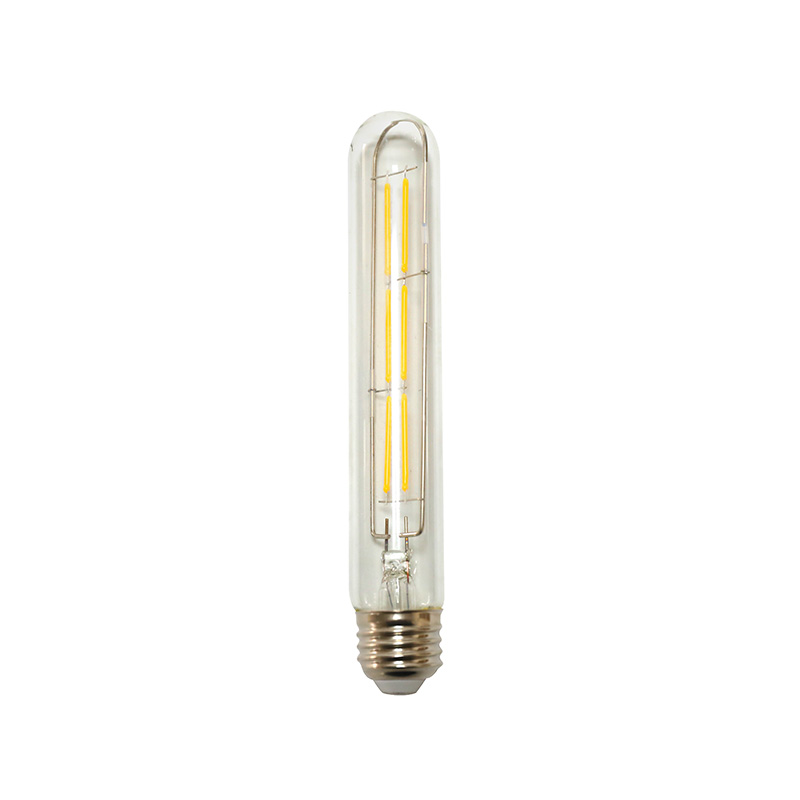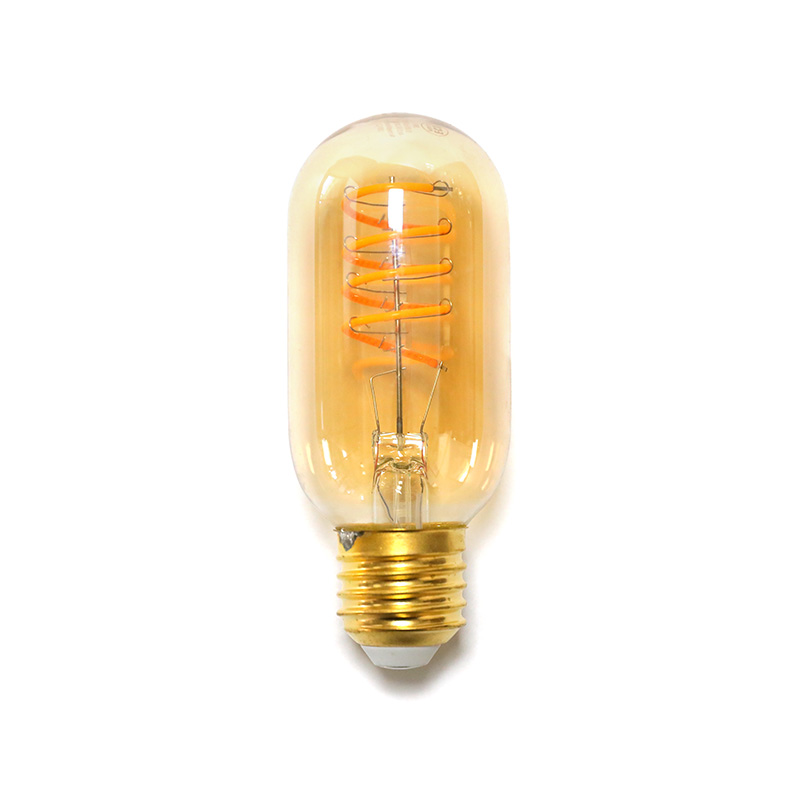LED filament bulbs have gained popularity as an energy-efficient and aesthetically pleasing lighting solution. These bulbs combine the vintage look of traditional incandescent bulbs with the advanced technology of LEDs. In this guide, we’ll explore everything you need to know about LED filament bulbs, including their benefits, types, and how to choose the right one.
What Are LED Filament Bulbs?
LED filament bulbs are designed to mimic the appearance of classic Edison bulbs while offering the energy efficiency of LEDs. Unlike standard LED bulbs, which use multiple small diodes, filament bulbs use thin LED strips (filaments) arranged in a glass enclosure, often filled with inert gas for better heat dissipation.
Benefits of LED Filament Bulbs
Here are some key advantages of using LED filament bulbs:
| Benefit | Description |
| Energy Efficiency | Consumes up to 90% less energy than incandescent bulbs. |
| Long Lifespan | Lasts 15,000 to 25,000 hours, reducing replacement frequency. |
| Warm Light Quality | Provides a cozy, warm glow similar to incandescent bulbs. |
| Eco-Friendly | No harmful substances like mercury, making them safer to dispose of. |
| Decorative Appeal | Vintage design enhances interior aesthetics. |
Types of LED Filament Bulbs
LED filament bulbs come in various shapes, sizes, and designs. Below are the most common types:
| Type | Description |
| Standard Filament Bulbs | Classic Edison-style bulbs with visible filaments. |
| Globe Filament Bulbs | Round-shaped bulbs, often used in pendant lighting. |
| Candle Filament Bulbs | Designed for chandeliers and decorative fixtures. |
| Vintage LED Filaments | Antique-style bulbs with intricate filament arrangements. |
| Smart Filament Bulbs | Wi-Fi or Bluetooth-enabled for dimming and color control. |
How Do LED Filament Bulbs Work?
LED filament bulbs use multiple thin LED strips arranged in a series within a glass bulb. These filaments are coated with phosphor to produce warm white light. The glass enclosure is often filled with a gas like helium to improve heat dissipation, ensuring longer lifespan and better performance.
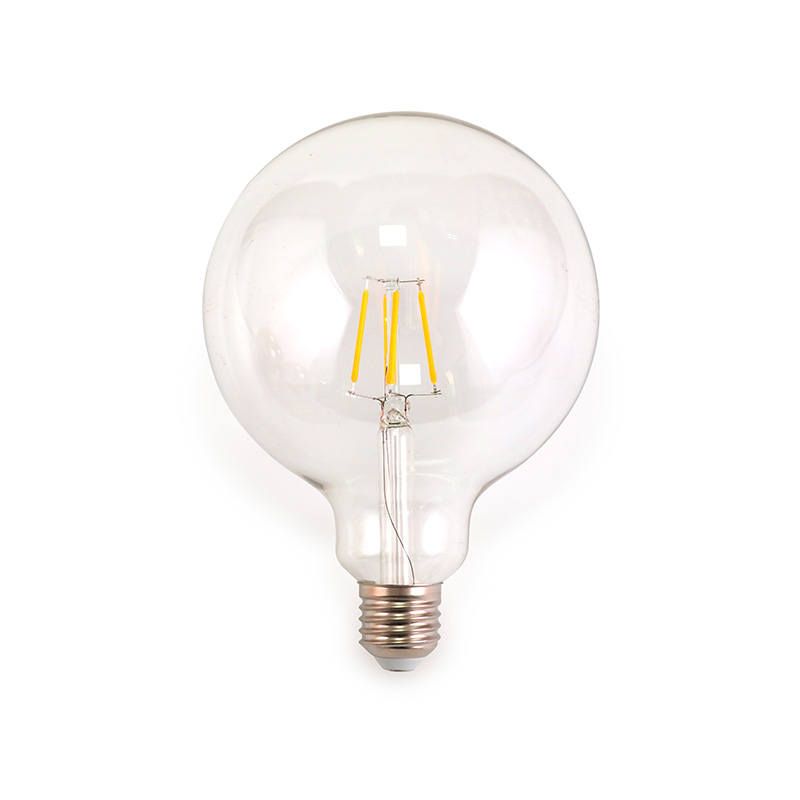
Key Features to Consider When Buying LED Filament Bulbs
To choose the best LED filament bulb, consider the following factors:
| Feature | Why It Matters |
| Wattage & Brightness | Lower wattage (e.g., 6W-10W) replaces 40W-60W incandescent bulbs. |
| Color Temperature | 2700K-3000K for warm white; 4000K for neutral white. |
| Base Type | E26/E27 (standard), E12 (candelabra), or B22 (bayonet). |
| Dimmability | Check compatibility with dimmer switches if needed. |
| CRI (Color Rendering Index) | 80+ CRI ensures accurate color representation. |
Energy Efficiency and Cost Savings
LED filament bulbs are significantly more efficient than incandescent and halogen bulbs. Here’s a comparison of energy consumption:
| Bulb Type | Power Consumption (Watts) | Lifespan (Hours) |
| Incandescent | 60W | 1,000 |
| Halogen | 40W | 2,000 |
| LED Filament | 6W-10W | 15,000-25,000 |
Switching to LED filament bulbs can save households hundreds of dollars annually on electricity bills.
Common Applications of LED Filament Bulbs
Due to their decorative appeal and efficiency, LED filament bulbs are used in:
- Home Lighting: Living rooms, bedrooms, and dining areas.
- Restaurants & Cafés: Creates a cozy, vintage ambiance.
- Retail Stores: Enhances product displays with warm lighting.
- Hotels & Resorts: Adds a luxurious, retro touch.
- Event Decor: Used in weddings and parties for aesthetic lighting.
Maintenance and Lifespan of LED Filament Bulbs
LED filament bulbs require minimal maintenance. To maximize their lifespan:
- Avoid frequent on/off cycling.
- Use in well-ventilated fixtures to prevent overheating.
- Clean gently with a dry cloth to avoid damaging the glass.
Frequently Asked Questions (FAQs)
Are LED Filament Bulbs Dimmable?
Some models are dimmable, but not all. Always check the product specifications before purchasing.
Do LED Filament Bulbs Get Hot?
They generate less heat than incandescent bulbs but can still become warm. Proper ventilation ensures optimal performance.
Can LED Filament Bulbs Be Used Outdoors?
Only if they are rated for outdoor use. Most filament bulbs are designed for indoor applications.
How to Dispose of LED Filament Bulbs?
They do not contain hazardous materials and can be disposed of with regular waste (check local regulations).
Conclusion
LED filament bulbs offer an excellent combination of energy efficiency, long lifespan, and vintage aesthetics. Whether you're upgrading your home lighting or decorating a commercial space, these bulbs provide a cost-effective and stylish solution. By considering factors like wattage, color temperature, and dimmability, you can find the perfect LED filament bulb for your needs.

 English
English русский
русский